This morning, someone shared Fifth Gear’s video on idle automatic Start/Stop engines where the host, Tiff Needle took a Renault Megane Diesel around Birmingham to see if the idle Start/Stop function actually helps in saving fuel. Two trips were done, one with the idle Start/Stop deactivated and one with it switch on done on the same route under the same driving conditions and you can watch the video HERE.
In the video, it is proven that the idle Start/Stop feature does improve fuel efficiency and in this case, it went from 58mpg to 67mpg and can potentially save the owner 100 pounds a year.
So, all well and good – except the video doesn’t talk about other ‘costs’ associated to having this feature in the car.
In any idle Start/Stop system, three components are intricately involved. They are;
- Battery
- Starter motor
- Alternator
Let’s examine the most important component;-
Battery
The car battery’s purpose is to deliver large current for short period of time. Said current is usually used to start the engine and once that purpose is achieved, the alternator takes over to power all electrical systems of the vehicle. As most owners start their engines just a few times a day, the battery charge rarely dips below 80% and this ensures a longer battery lifespan.
However, an idle Start/Stop vehicle has its engine shut off and start far more frequently in a day. Imagine when each time you stop to touch your access card/Touch&Go card, at the traffic lights, at a traffic jam, the car’s battery has to work through numerous charge/discharge to start the car, often within the span of just a few minutes. To make matters worse, our climate requires the air conditioning to be switched on almost all the time and with the infotainment system on, the strain on the battery without the alternator assisting is great. If it’s raining and you’re stuck in a jam at night, you can add headlights and wiper function to that drain.
Under such conditions, a conventional car battery would be damaged and this is why that favorite brand of yours that you’ve used for years in your previous non-idle Start/Stop vehicle perishes within a shorter time frame. Getting a larger battery (assuming the battery fits in the engine compartment) doesn’t solve the problem because larger batteries mean more plates inside which serves to deliver larger amounts of current but would still have the issue of holding current.
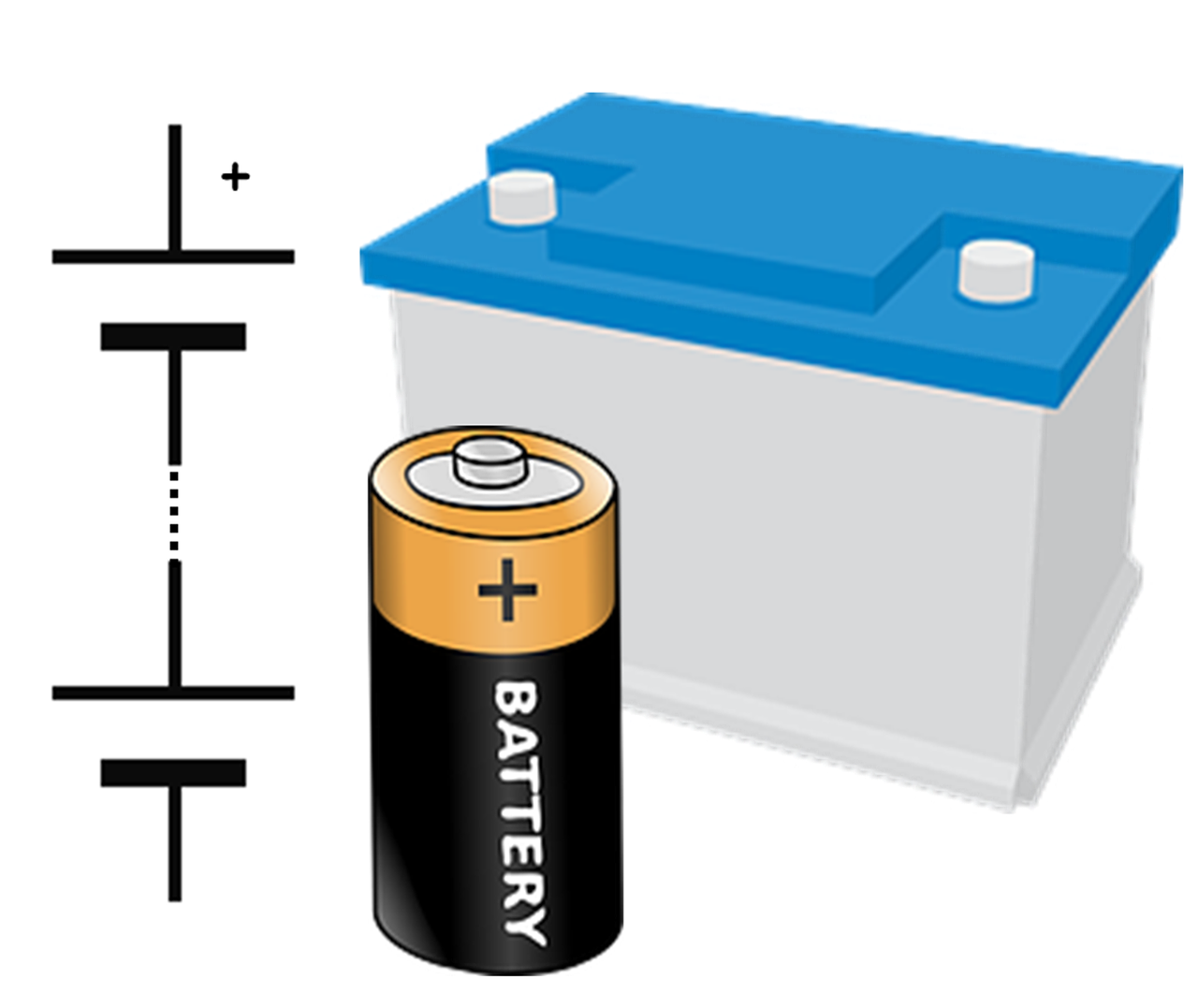
If you’ve asked a service centre to measure the ‘health’ of your battery, the service adviser may come back with a reading called Cold Cranking Amp (CCA) which is the amount of amps the battery can produce at a certain temperature. Unfortunately, that reading is not a good way to check if battery failure is imminent. What you want to know is Reserve Capacity (RC) and that measures how many minutes a battery can maintain 25amps before the voltage falls below 10.5V. Standard batteries subjected to idle Start/Stop wear may have its RC compromised.
The solution is to ditch conventional batteries and go for deep cycle batteries. These are batteries with thicker plates and designed to provide a steady constant amount of current over a longer period of time. They also have an RC value twice or more than standard batteries.
The problem with these batteries is that they’re TWICE as expensive as conventional batteries, making them less appealing to many owners.
If the idleStart/Stop features stays with expensive luxury brand models, it’s fine but the opposite is happening. The feature can now be found in vehicles costing less than RM150k, with some close to RM120k when you factor in discounts. Heck, even the Perodua Bezza has an idle Start/Stop called the ‘Eco Idle System’.
Regular buyers of this segment may not have budgeted for battery costs and choose to go with less expensive conventional batteries, without understanding the implications of their choice.
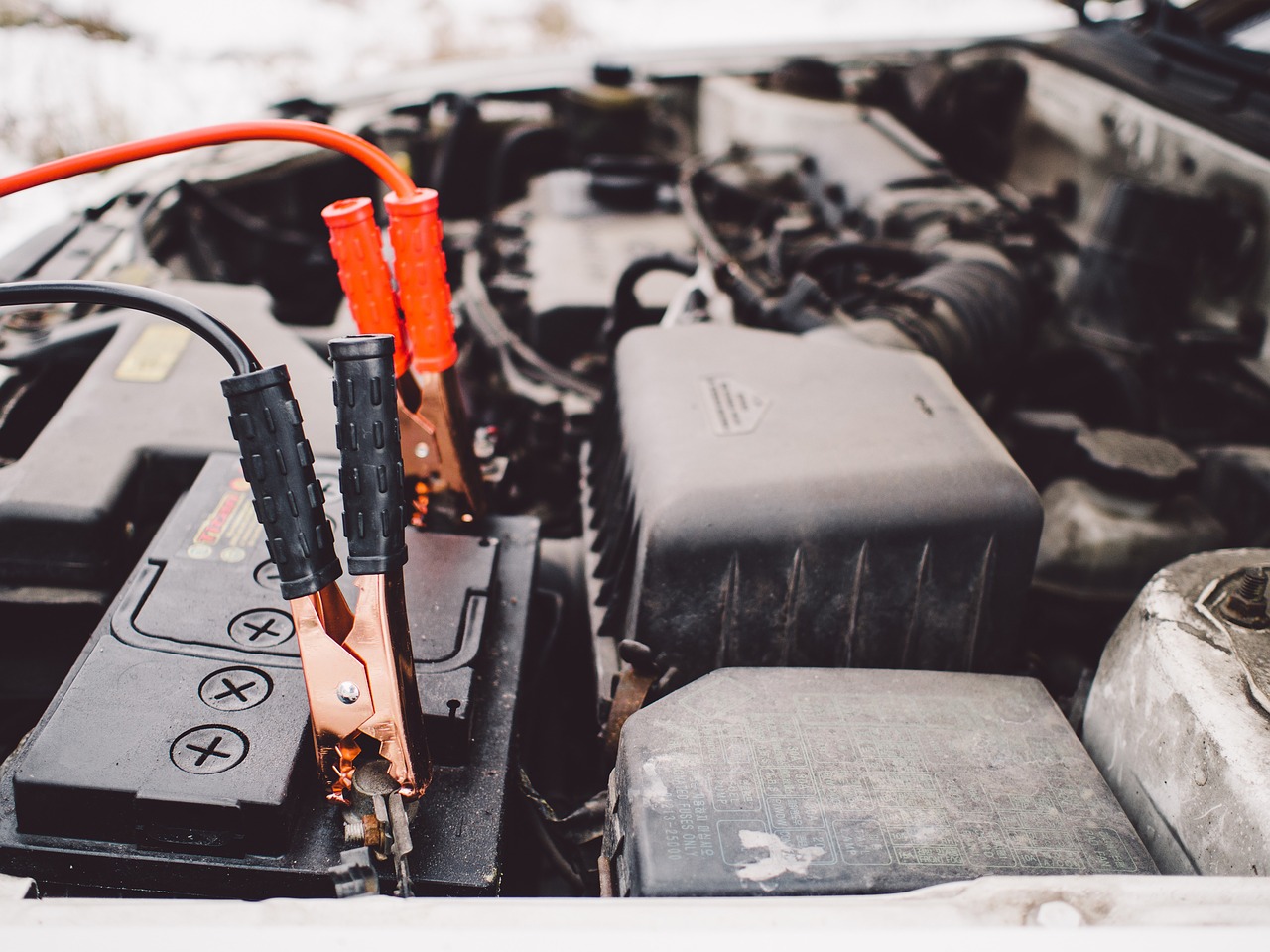
Next thing you know; lots of owners posting pictures in social media of their car stuck because can’t start.
Most manufacturers of vehicles with Start/Stop have to improve the durability of the starter motor and alternator as they need to be able to handle frequent firing up the engine and charging so it’s not particularly cheap for them (as compared to making vehicles that doesn’t have this function)
So why do they do it?
Manufacturers include Start/Stop primarily as a means to meet emission targets. Also in Malaysia with low emission data, some brands would attempt to obtain EEV incentives from the government which would then allow them to price their vehicles more competitively. Companies would take this opportunity to communicate fuel efficiency as well as less gas pollution as an advantage over other non-idle Start/Stop models.
But does the cost saving justify the battery cost?
Let’s put it this way; if we know that putting a conventional battery in a vehicle with idle Start/Stop would kill the battery sooner, what if you put a deep cycle battery in a non-idle Start/Stop vehicle? It should, in theory last longer, perhaps twice as long to justify its twice as expensive price tag.
Similarly, would disabling the idle Start/Stop allow the improved starter motor and alternator last longer than non-idle Start/Stop motor and alternator? It should.
So should you use it if you have it? Only if you’re prepared to follow what the manufacturers recommend in the manual. In most cases, the specification of TYPE of battery is spelled out clearly. Spend a bit more time to RTFM, ok?
Cheers!
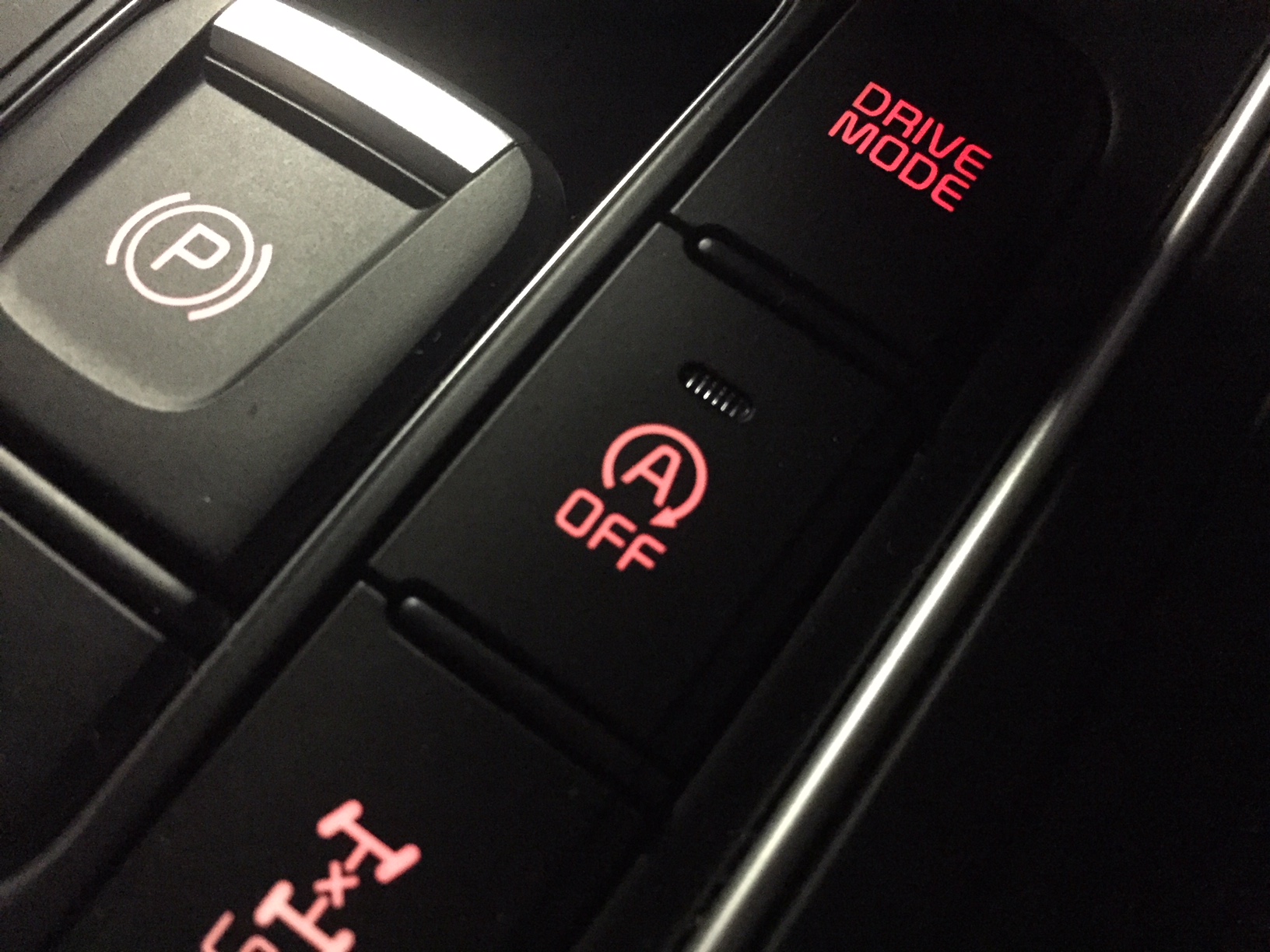
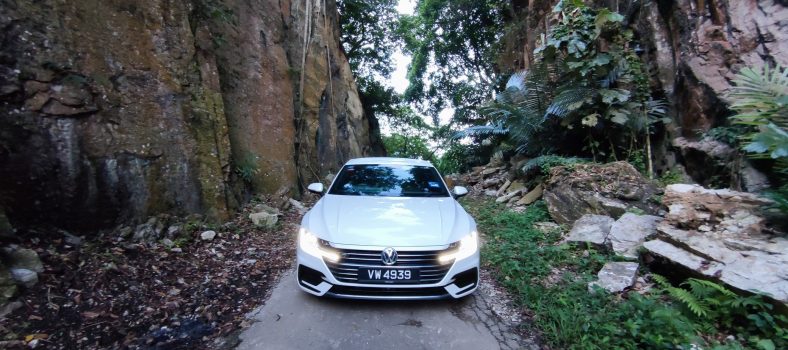

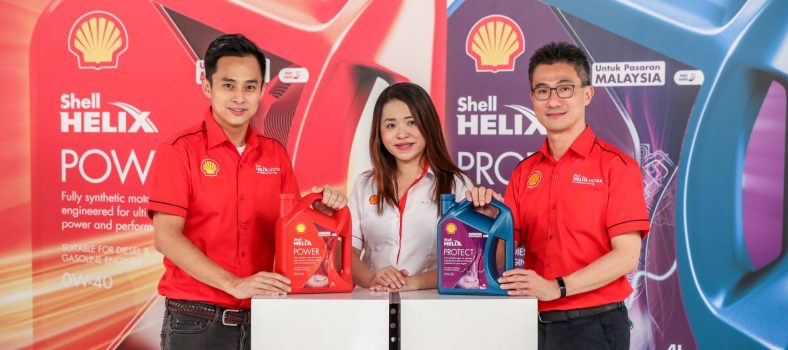
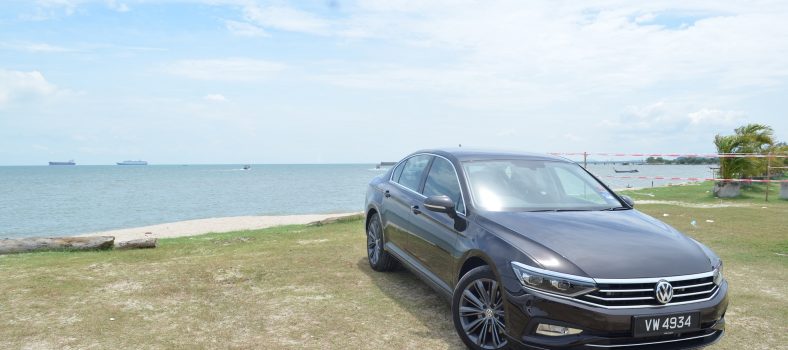
No Comment